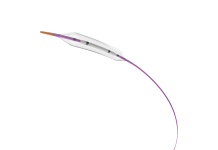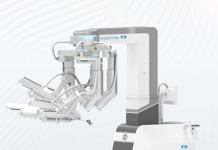Restor3d announced today that it entered into a strategic investment partnership with global private market firm Partners Group.
The agreement sees Partners Group acquire a significant minority stake in Restor3d, marking the company’s first institutional investment.
Durham, North Carolina–based Restor3d brought in a total of $104 million through its latest fundraise. That includes $65 million from Partners Group. The 3D-printed orthopedic implant maker picked up the remaining $39 million from existing shareholders. The new funds add to $38 million brought in earlier this year.
Related: Method AI raises $20m for image-guided surgery platform
Restor3d’s product lines include the Veritas, iTotal Identity, Kinos and Velora implant offerings. Veritas, a reverse total shoulder system, introduces a single-tray instrument system. It makes patient-specific implants accessible to a wider shoulder patient population. The system still awaits FDA 510(k) clearance.
The company also offers iTotal Identity, its fully cementless, patient-specific porous cementless total knee. The FDA-cleared iTotal Identity delivers optimal coverage and precise alignment while eliminating intraoperative guesswork. Kinos, a total ankle system delivered through an anterior approach, also has FDA clearance.
Combining proprietary AI-driven design software, vertically integrated additive manufacturing, and rapid surgical planning, the company aims to deliver implants tailored to both surgeon preference and patient anatomy.
Restor3d said the proceeds from the new investment should support continued product innovation, expand commercial growth and broaden access to personalized orthopedic care. Partners Group now joins the company’s board of directors to lend its experience to support the company’s long-term strategy.
“This investment marks an exciting milestone for Restor3d as we expand access to personalized orthopedic solutions,” said Kurt Jacobus, Restor3d CEO. “With Partners Group’s support, we will continue to deliver innovations that empower surgeons and improve outcomes for patients across the full spectrum of joint replacement.”






